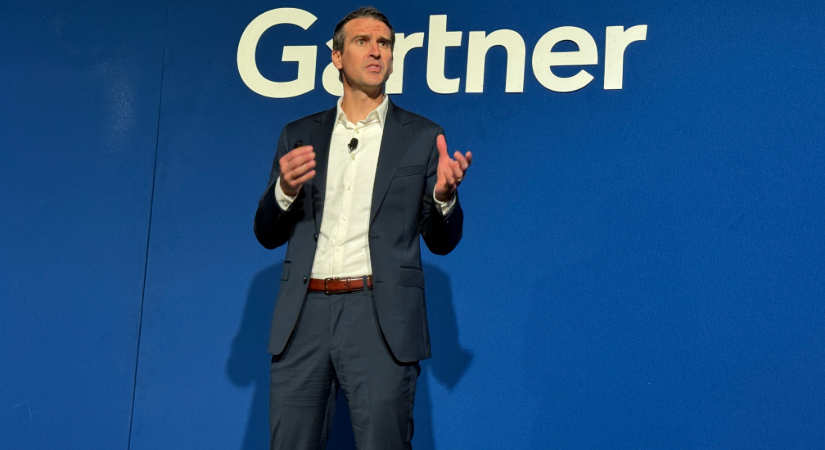Gartner Says Finance Planning and Analysis Teams Need to Rethink Business Partnering in a Digital Function
- Inno-Thought Team

- Apr 24, 2024
- 2 min read
Automating Routine FP&A Processes to Create Bandwidth for Value-Adding Activities is Unsustainable

Despite ongoing modernization, finance planning and analysis (FP&A) teams are still struggling to cope with the increased demand for decision support in an era of heightened economic turbulence, according to Gartner, Inc.
In a Gartner survey of 273 FP&A managers and finance business partners and 102 senior decision makers at organizations with more than $250 million in revenue, conducted from September through October 2023, only 15% of FP&A leaders reported having a sustainable delivery model where their teams can maintain a consistent level of decision and planning support across decision makers while supporting complex, new decisions without burning out FP&A staff.
FP&A modernization will be one of the main tracks on the agenda for the Gartner CFO & Finance Executive Conference, taking place May 20-21 in National Harbor and September 11-12 in London.
“FP&A teams are over-extended: always in reactive mode, juggling complex requests that burn out staff, and they are still leaving service gaps because they can’t serve all the decision makers that need support,” said Randeep Rathindran, Distinguished Vice President, Research, in the Gartner Finance practice. “The typical modernization approach of automating routine FP&A processes to create capacity for in-person decision support is simply not keeping pace with elevated demand in most organizations, and the current trajectory is unsustainable.”
The most common scenario in FP&A functions – the internal consulting model – is to use automation to free staff capacity, so that FP&A teams have more time to spend on value-added activities such as finance business partnering.
However, leading FP&A organizations have discovered a far more sustainable and scalable way for FP&A to deliver value-added insights to the enterprise – the capability diffusion model – where technology is the default channel for providing decision support and in-person business partnering is the exception (see Figure 1).
Figure 1: Maximum Impact on Sustainability of FP&A’s Delivery Model

Capability Diffusion Offers a Sustainable Way Forward
The rapid evolution in technology is making it possible for the first time to scale FP&A from a specialized finance team into an enterprise capability, where decision makers can become more self-sufficient by using FP&A decision support that is embedded into technology tools.
“The key is to think bigger and look at technology as a way to extend FP&A into the wider business rather than as just a way to boost internal capacity,” said Rathindran. “New developments in the finance technology vendor market, and the prevalence of tools with embedded capabilities such as graph analytics, machine learning and generative AI make it easier than ever before for FP&A to transfer expertise to decision makers for complex decisions.”
Finance business partners (FPBs) should move towards a teaching and tool-training role to help decision makers become more self-sufficient in using FP&A’s tool-based analysis and insights, easing demands for hands-on FP&A support. Once in-person FBPs are no longer the default for decision support FP&A will have greater flexibility to support the most complex or new-in-kind decisions.













































Comments